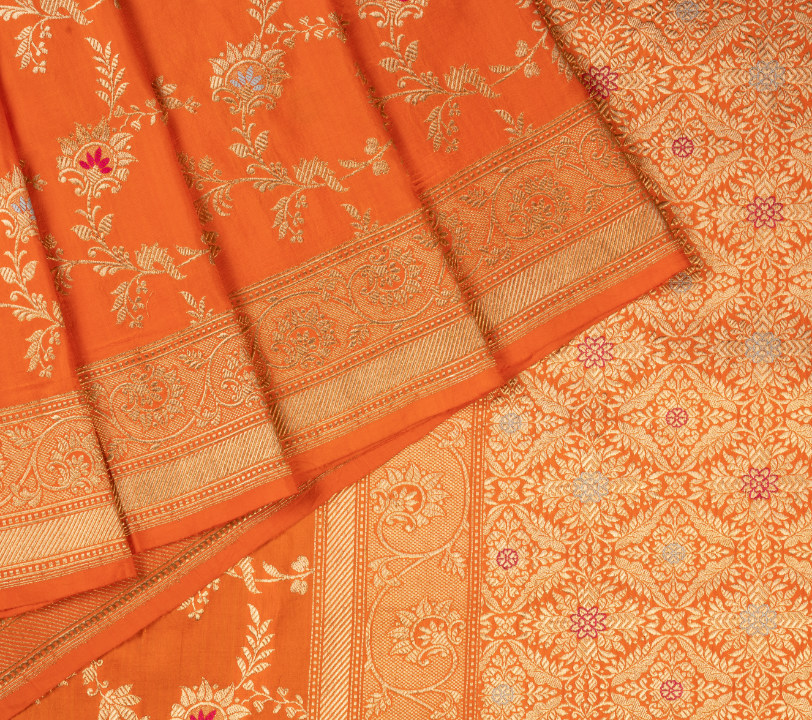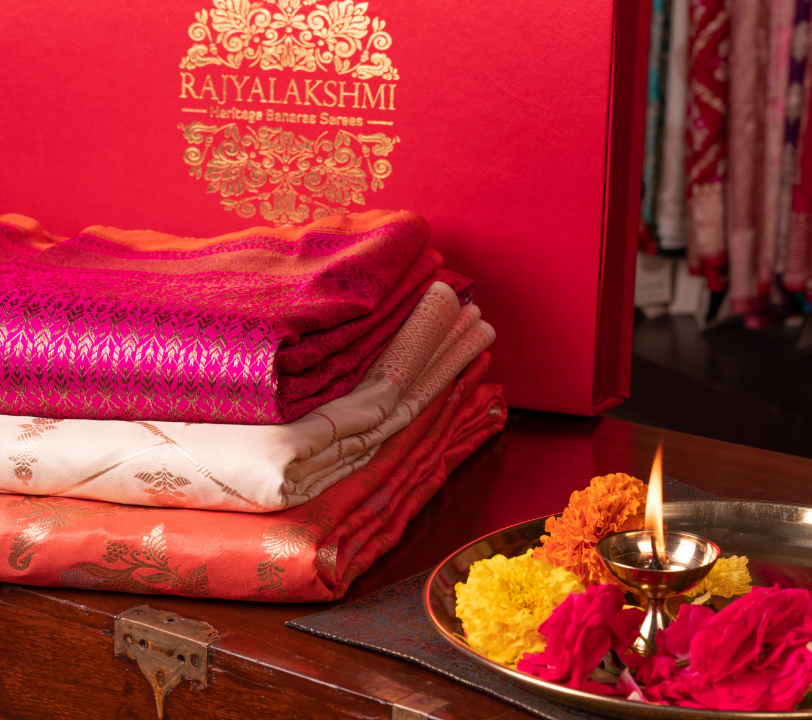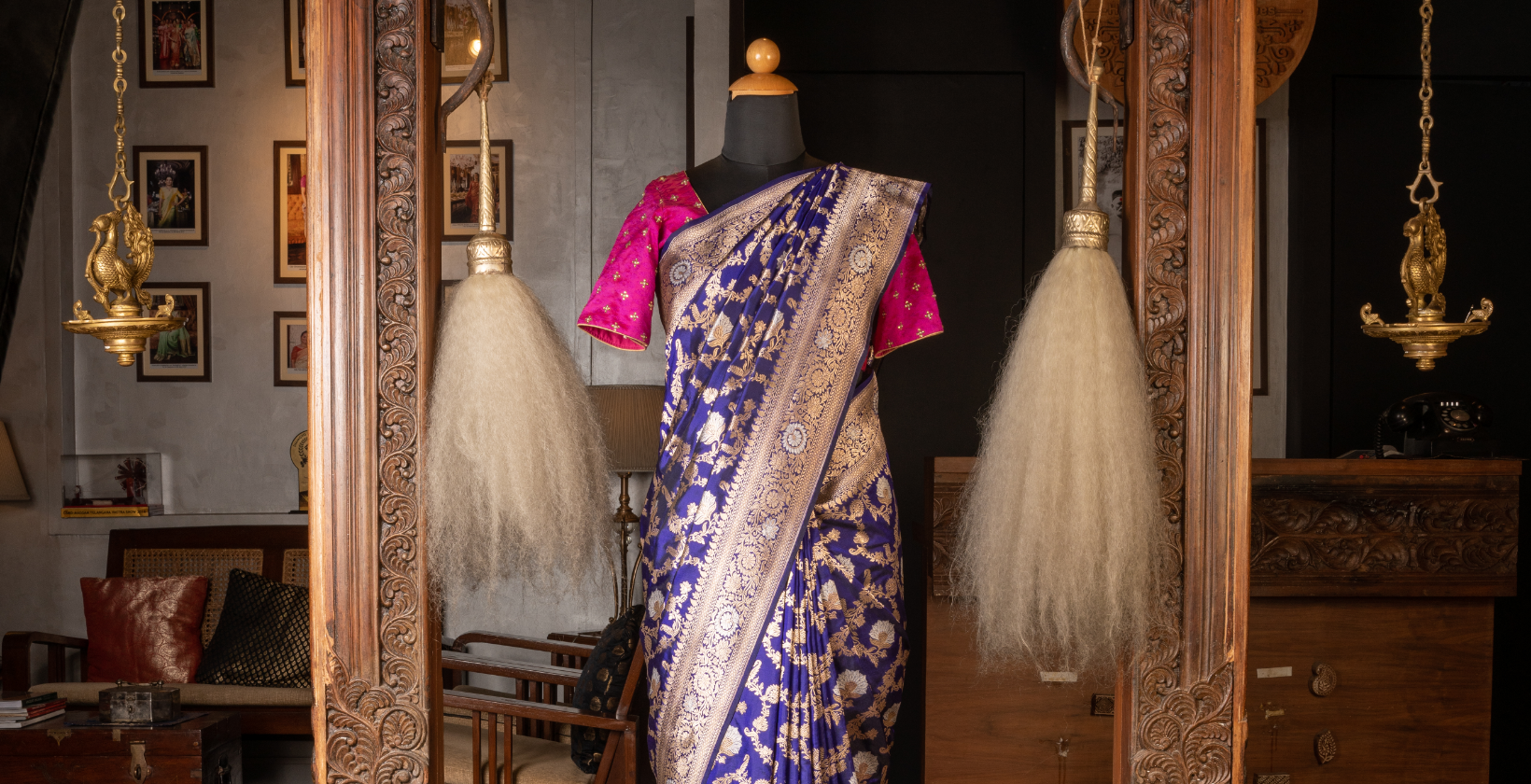
For generations, fashion enthusiasts have been enthralled by Zari embroidery, a representation of luxury in Indian textiles. This elaborate technique has a long history that reflects the development of Indian fashion. This blog examines the history of zari work, emphasising how this technique has changed over time and how it contributes to the timeless appeal of silk sarees.
Tracing the Origin
Rooted in ancient civilisation of India, Zari work was influenced by Persian craftsmanship. The word ‘Zari’ is derived from the Persian word of gold, ‘Zar’. Initially, this craftsmanship used pure silver and gold threads, signifying high status and luxury. This embroidery style quickly became the most coveted among royals and nobles during the rule of the Mughals in the 17th Century. But artisans were unable to meet demand due to the high cost of raw materials and their scarcity at the time. As a result, a large number of them moved to Madhya Pradesh, Rajasthan, and Punjab.
Furthermore, embroidery was further regressed by the advent of industrialization later in the 18th and 19th centuries. It wasn't until 1947, following India's independence, that attempts were made to promote zari zardozi and other handicrafts throughout the nation.
Techniques Rooted In Tradition
The method used to make Zari is influenced by its origins. The production process consists of four main steps, with designing being the first. The complete pattern is drawn with a pencil on a piece of butter paper, and the outline is then punctured with a needle. After that, the design is traced on the fabric and is combined with a colour solution. This helps the ink and design to effortlessly transfer to the fabric.
The fabric is stretched using a wooden frame known as a "adda” for embroidering. To finish one design with the highest level of delicacy, at least three to ten days are needed. It may take less time to finish a design if multiple craftspeople collaborate on a single piece of fabric. The embroidered pieces are used to create a range of products for customers throughout the globe.



